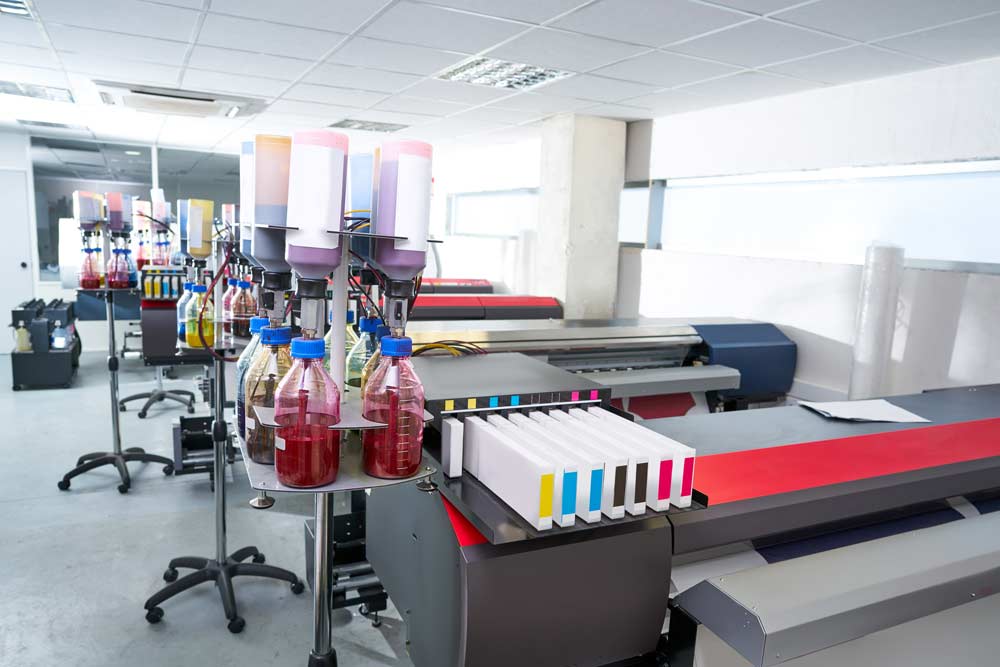If you’ve ever been to an exhibition, charity or sports event you will no doubt have seen people in a variety of different customised t-shirts or with bags displaying various slogans, logos, messages etc.
You may well wonder what type of print is possible on a customised t-shirt or other garment and how people can afford individually printed messages.
Well in this article we hope to explain to you the different types of print available when producing customised t-shirts and other garments and to give you an idea of the most efficient way of printing to ensure a competitively priced customised t-shirt.
DTG or Direct to Garment Printing on customised t-shirts
Direct to Garment printing (DGT) is a relatively new process (commercially) and produces high quality results. Water based ink is applied in a thin layer that absorbs quickly into t-shirt or garment fibres. It offers a fast, yet high-quality method and is eco-friendly which is especially important for businesses who are considering their impact on the environment.
The finish is not quite as vibrant as the process with screen printing, but you can print full colour designs or photographs including gradient colours and with low set up costs it is ideal for anyone looking for short production runs.
Direct to Garment printing is most effective on large chest or back areas of t-shirts and hoodies – we recommend only printing on t-shirts or garments that are between 80-100% cotton.
Screen Printing on customised t-shirts
Screen printing is the most widely used method of printing for customised t-shirts and other branded workwear. It involves pushing inks through a woven mesh stencil onto the fabric. It is quite labour intensive during the setup process as each colour used in the design is printed separately with its own screen.
The result is the colour is more saturated and richer – giving a very vibrant finish to the garment. It is especially useful when printing t-shirts in large volumes and quantities.
Screen printing t-shirts is more expensive than vinyl or direct to garment printing when ordering smaller quantities due to the setup time and costs involved, and is typically more beneficial if you are looking to place an order for a larger number of branded t-shirts, hoodies, or other branded clothing. Once the screens have been setup the actual print costs are much lower than other printing methods meaning the more items you print the lower the per unit cost. Screen printing is especially useful for more complex logos and positioning of branding and messaging. If you are looking to match pantone colours then screen printing is the best option as the inks can be mixed to match exact pantone colour references in your logo or artwork.
Single or full colour Vinyl printing on customised t-shirts
Single or full colour vinyl printing on t-shirts is again ideal for smaller print runs – often anything between 1 and 15 t-shirts makes vinyl printing cost effective. There are no set up charges for this type of print (provided you supply your artwork in the correct vector format) and it is often favoured by small businesses or organisations running events and looking for merchandise/giveaways. Vinyl printing is a good solution for sports materials where DTG printing is not an option.
For advice and support on direct to garment t-shirt printing, vinyl printing on t-shirts, or screen printing on t-shirts, please call SP Workwear 01628 308810. We would be delighted to advise you on your design and the most appropriate print method for your requirements.


